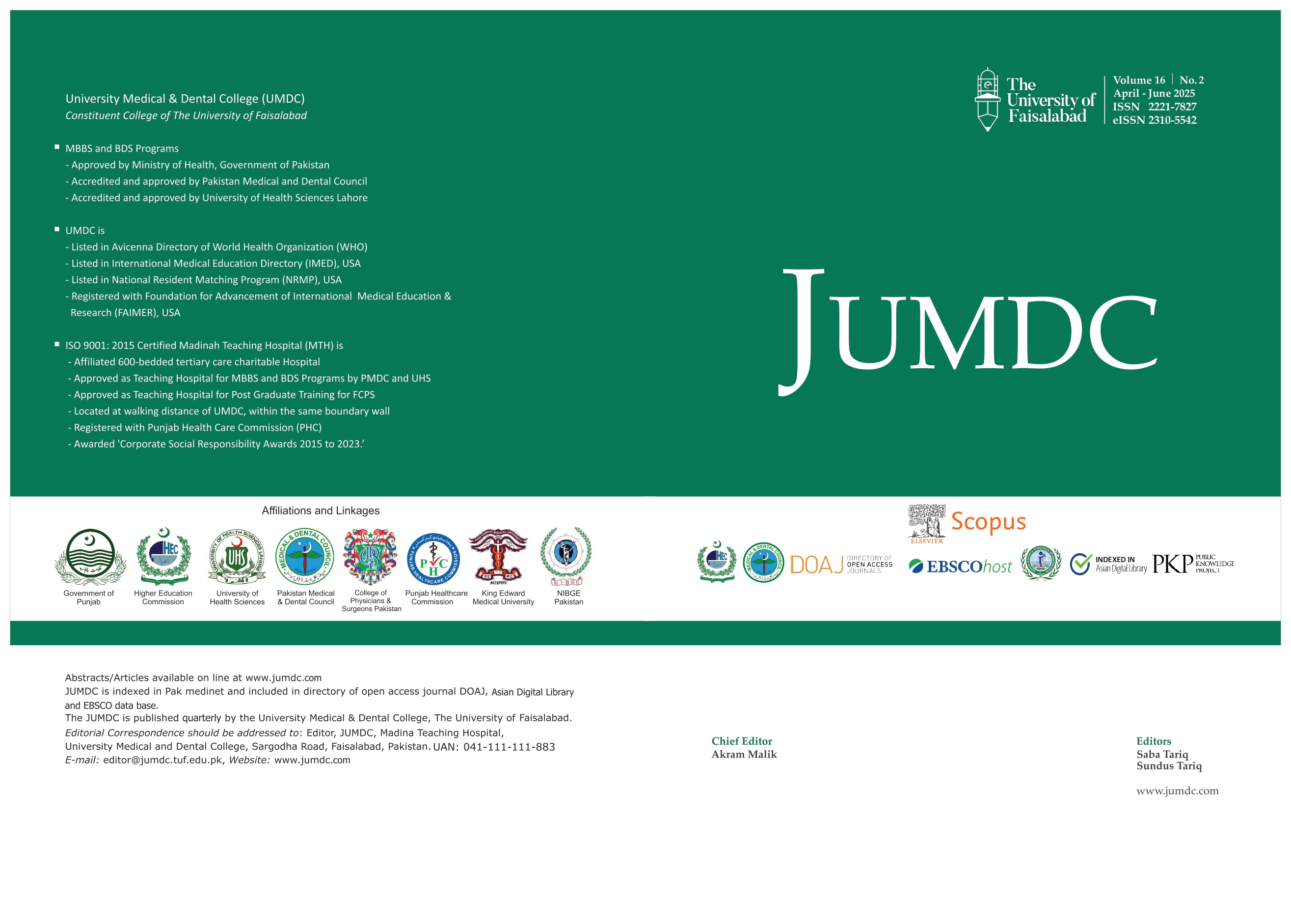Non-restorative cavity control on proximal carious lesion of primary maxillary incisors
Proximal caries management for ECC
Abstract
BACKGROUND & OBJECTIVE: Early childhood caries (ECC) is a high-prevalence infectious disease with significant unmet dental care needs globally. This study aimed to compare the clinical success rates of nonrestorative cavity control (NRCC) using disking with a restorative approach (RA) using a resin-modified glass ionomer (RMGI) restoration on the proximal surfaces of the primary maxillary incisors with dental caries.
METHODOLOGY: 108 proximal caries in 42 children aged 3–5 years met the inclusion criteria; caries were limited to the outer-to-middle-third of the dentin with no pulpal or periapical pathology. The study included two experimental groups: the NRCC group was treated with proximal disking and applying 5% sodium fluoride varnish, while the RA group received RMGI Class III restorations. The follow-up period was 20 months. The 20-month cumulative survival rates were estimated using the Kaplan-Meier survival analysis, and the differences between the groups were analyzed using the Log-rank test.
RESULTS: The cumulative survival probability for the NRCC group was 71.4%, while the RA group demonstrated a 71.7% success rate after 20 months. The survival probabilities between the two caries management modalities were similar (p = 0.963).
CONCLUSION: The clinical success rates of NRCC using disking or RA using RMGI on the proximal caries surfaces of the primary maxillary incisors were similar.
Copyright (c) 2025 Journal of University Medical & Dental College

This work is licensed under a Creative Commons Attribution 4.0 International License.

This work is licensed under a Creative Commons Attribution 4.0 International License.





















